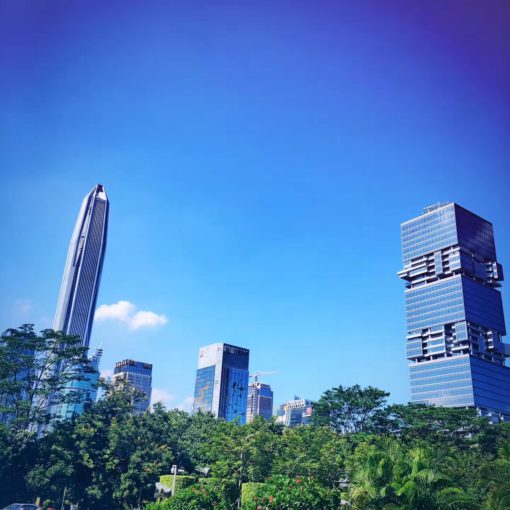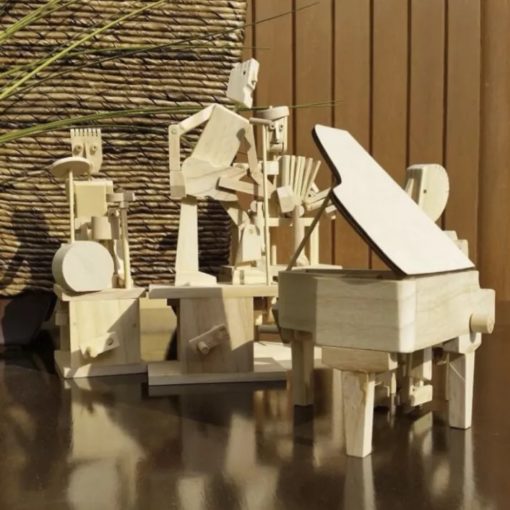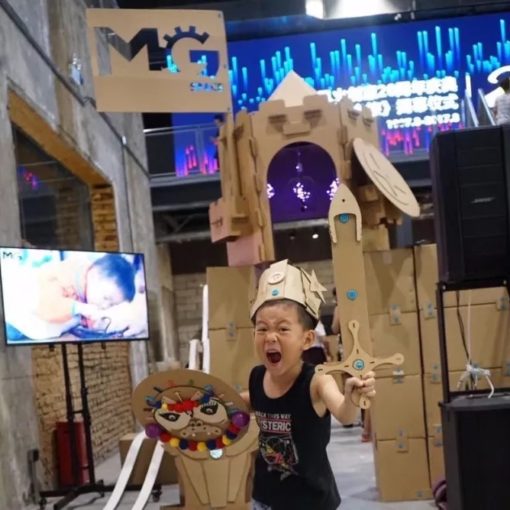Time flies, Maker Faire Shenzhen has now reached its 14th year.
Last year, we collectively witnessed the emergence of “AI in Everything”—AI monitoring cameras, AI physical agents, AI chatbots, robotic dogs, and more appeared in abundance. While many AI projects remain in their early stages, we could already deeply sense the makers’ passion and pursuit of AI technology!
This year, Maker Faire Shenzhen 2025, themed “AI and More Things” is officially scheduled for November 15-16.
For today’s “Startup Spotlight”, we make a grand introduction to ToanTech (Booth No. B19).
Company Profile
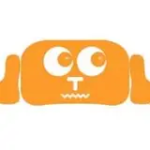
ToanTech remains committed to independent R&D, possessing core technologies such as FOC brushless drivers, motor bodies, and underlying control systems. It has launched products like the “Dengge Open-Source Series,” empowering robots with high responsiveness, high integration, and low latency. Simultaneously, it actively builds the “Dengge Open-Source” educational system for developers and university faculty/students, offering courses covering control theory, hardware-software collaboration, and system integration to promote robotics knowledge dissemination and community development. Concurrently, ToanTech focuses on developing complete robotic platforms and core propulsion systems. Its “StackForce Lightweight Development Platform” series supports diverse robot configurations—including wheeled, quadrupedal, quadrupedal-wheeled, and humanoid robots—delivering outstanding dynamic performance and modular design. Widely adopted in research, education, competitions, and industrial validation, the company upholds an open-sharing philosophy to build a sustainable robotics innovation ecosystem. This drives robots from R&D to deployment, bridging the gap between laboratories and real-world applications.
Highlight Products
StackForce Lightweight Development Platform
StackForce is a lightweight robotics development platform dedicated to providing developers with integrated hardware modules and software support. Through its stackable plug-and-play design, we eliminate complex and error-prone wiring processes. We also offer relevant software and interfaces, enabling developers to use the platform effortlessly. This frees them from tedious, inefficient debugging and compatibility issues, allowing them to truly focus on algorithm development.
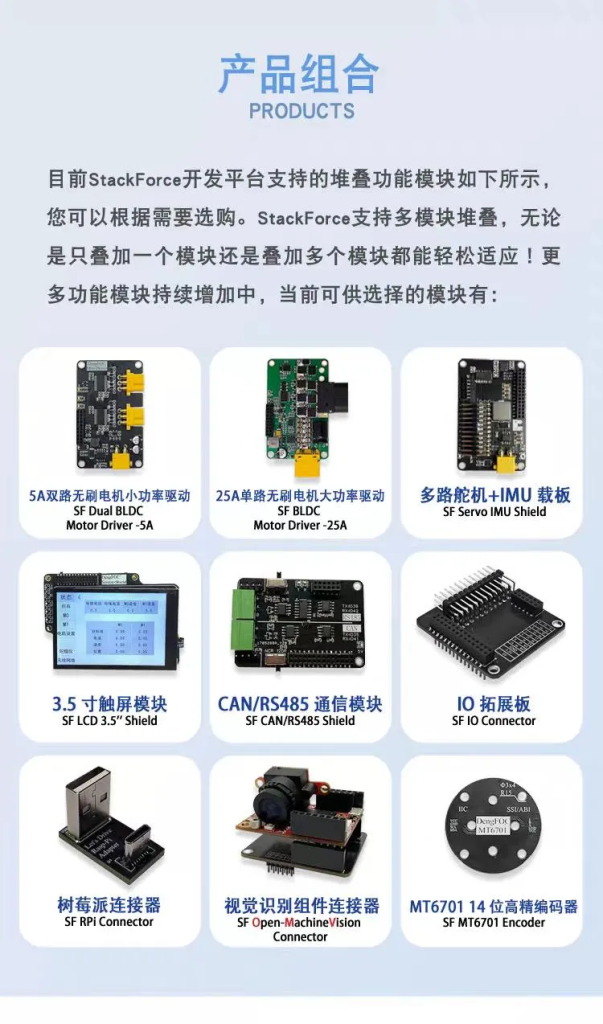
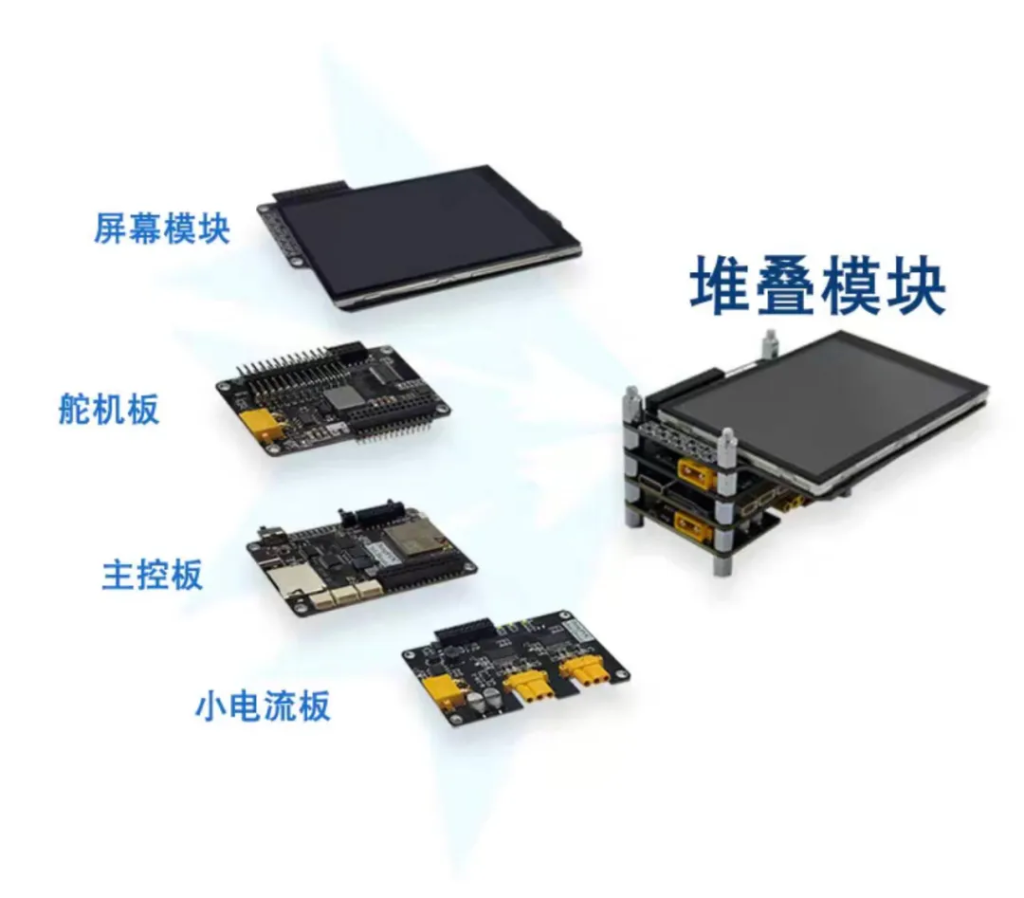

StackForce Robotics Series
With its simple hardware setup and extensive software interface support, StackForce has also launched a series of remarkable robotic achievements. It helps learners master the full suite of principles and algorithms underlying robotics, enabling them to bridge the gap from theory to practice.
1.Desktop-Scale Wheeled-Legged Robot
The StackForce Dual-Wheeled-Legged Robot is built upon StackForce’s innovative lightweight development platform, featuring dual main control boards as its core unit for powerful computation and coordination capabilities. Paired with brushless motor FOC drive modules and servo drive modules, it enables precise motor and servo control, delivering stable and robust power for both wheeled and legged locomotion. Through this wheel-leg robot, developers can delve into the control logic of wheel-leg cooperative motion, learn sensor data fusion algorithms, and explore the application of attitude control algorithms.
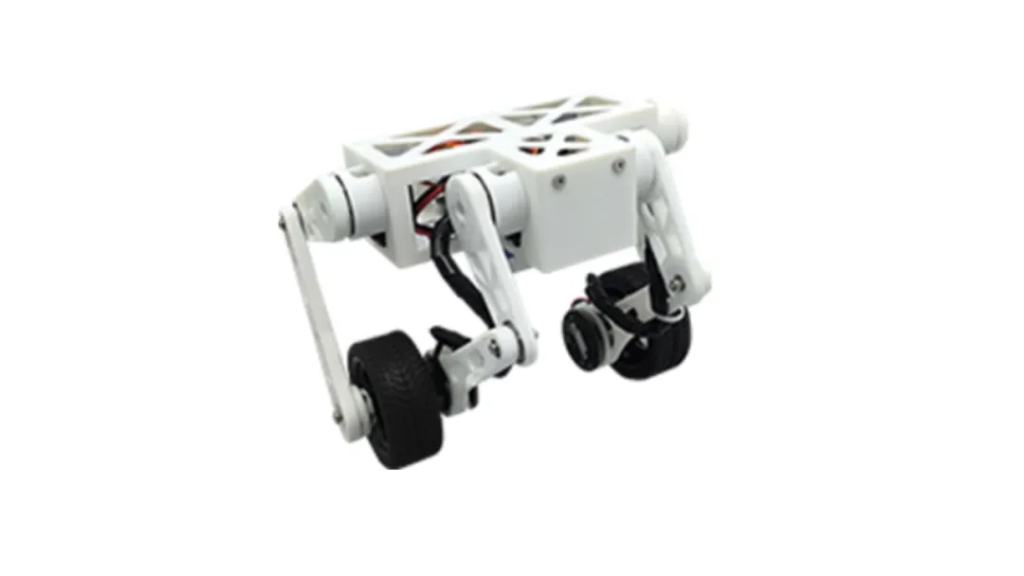

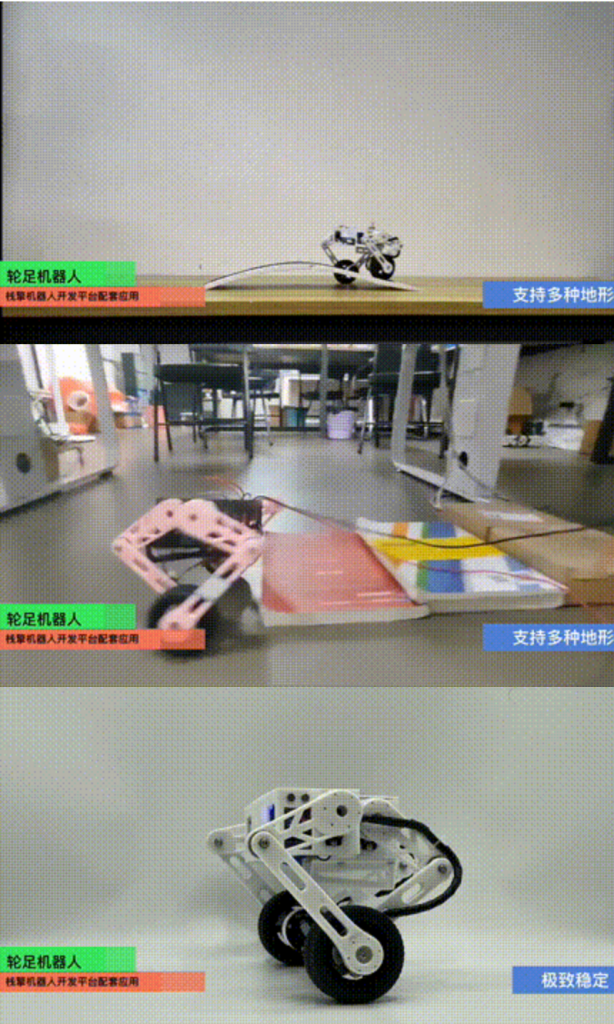
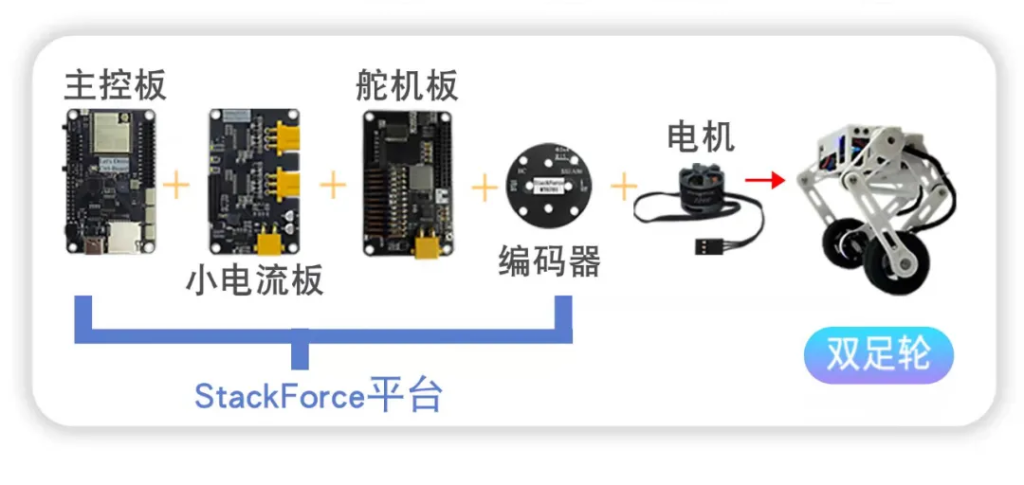
2.Large-Wheeled Legged Robot
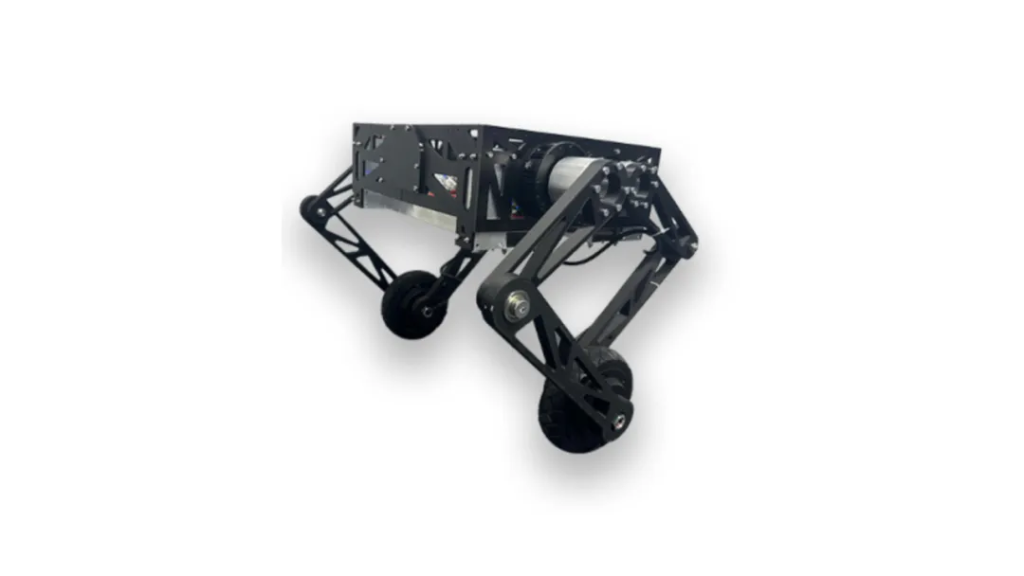

Built on the StackForce lightweight modular development platform, it features dual main control boards and dedicated wheel-leg joint motor modules. Paired with attitude sensors and other components, it enables wheeled mobility and leg support adjustment, balancing the efficiency of wheeled movement with the terrain adaptability of legged structures. Learners will master modular hardware stacking and assembly techniques, understand wheel-leg cooperative motion control logic, and study technologies like sensor data fusion and motion posture calibration. Using the accompanying Arduino/PlatformIO development environment and open-source code, they can quickly debug functions such as wheel speed control, steering adjustment, and terrain adaptation, gaining comprehensive hands-on experience in small mobile robot development.

Aiming to promote business connections between professional visitors and exhibitors, Maker Faire Shenzhen 2025 has initiated a new registration channel for professional audiences, which can ensure more efficient exhibition output and provide a good exhibition experience.
Visitor Register for MFSZ25



Over the past 12 years, the development trajectory of Maker Faire Shenzhen can be seen as a microcosm of the development of maker culture in China.
- 2012: “Gathering Small Wisdom, Journeying through the Great Future” – This was the first Mini Maker Faire in China, with less than 1000 attendees, and was more like a gathering within a small circle. But we saw the infinite possibilities emerging from the maker community.

- 2013: The slogan was absent, and the maker community was still small. – In the OCT Creative Park, there were cross-disciplinary exchanges among different creative communities, silently laying the foundation for cultural output.

- 2014: “Innovate with China” – the event was upgraded to the Featured level for the first time, with a significant increase in scale compared to previous years, and the beginning of professional independent forums. This year, makers began to enter the public’s view.

- 2015: “Everyone is a Maker, what are you waiting for?” – This year’s Shenzhen International Maker Week became one of the largest Maker Faires in the world. This year, the concept of “maker” was elevated to a national level, and the trend of “mass innovation, mass entrepreneurship” swept across the country.

- 2016: “My World, My Creation” – As the sub-venue of the National Innovation and Entrepreneurship Week, the event was held for the first time in the commercial center area, experiencing unpredictable weather from typhoons to scorching heat. Many makers succeeded in your entrepreneurial endeavors this year, but it seemed like there were even more failures. The hype around entrepreneurship shifted towards rationality.

- 2017: “Makers, Go Pro” – The event took place at the university campus for the first time, focusing on Maker Pros and providing a platform for diverse innovators and makers to showcase themselves, presenting more possibilities for the growth path of makers to the entire community.

- 2018: “Co-making in the City” – The main venue of Shenzhen International Maker Week, where individuals and groups with shared visions and values gathered to showcase stories, projects, and explorations of collaboration among different communities and people.

- 2019: ” To the Heart of Community, To the Cluster of Industry” – The event was upgraded to the Maker Faire Shenzhen, attempting to attract professional audiences and focusing on pragmatic aspects such as solving the needs of industrial upgrading and co-developin. It aims to build a platform for innovation and industry dialogue and collaboration.

- 2023: “Where Are The Makers?”– Starting from our own mission and values, we aim to explore the future direction of makers and theapossibilities for commercialization. Though this question does not have a definitive answer, we do hope that through this event, we can communicate and share with every one of you, finding more ideas and directions together.

- 2024: “Everything is AI” – This year, we brought together over 120 exhibitors from around the world, attracting nearly 1,500 professional attendees from nearly 20 countries and over 20 provinces across China. The exhibition showcased a wide range of AI application projects and hosted 10 AI hardware-themed satellite events, alongside various workshops.

